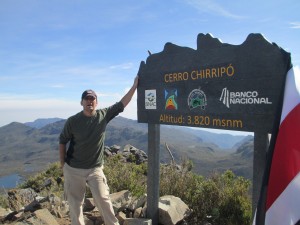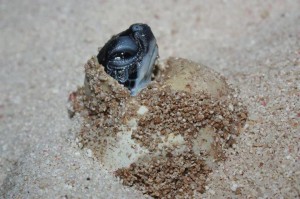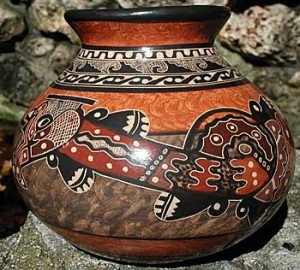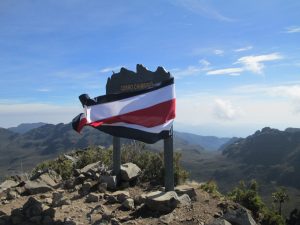Intriguing headline, ey? I recently created a little eBook entitled 100 Cool Things to do in Costa Rica. It features 10 cool things to do in 10 cool places. If you haven’t already ordered it…please do…it’s free! And just the title itself provides an idea of how much there is to see and do in this tiny little country.
A Costa Rica vacation package will generally pick say 3 out of that list of 10 places. Let’s not even get into the specific combinations of activities that one can engage in with those 3 chosen destinations. But the question I pose this morning is this…if there are 10 places to choose from and a typical 7 to 10 day vacation will consist of 3 of those, how many possible combinations of choices are there? If you guessed a bunch of them…you’d be right. I believe the correct answer is 120, or 120 ways to configure a Costa Rica vacation. If there are math geniuses out there who want to take issue, please do so (since I am a far cry from being a math genius, or genius of any sort actually).
What’s my point and how does it tie into the headline of “the ultimate Costa Rica vacation package?” Well, the bottom line is that “it” just doesn’t exist. Costa Rica is a tiny little country, but within its 4 borders it packs a powerful tourism punch. And the reason is based on the math…there is just an overwhelming number of ways to do a Costa Rica vacation. Which is why that in Costa Rica at least, custom is always king. Might not be the case with Cancun, Cozumel, Cabo or the Cayman islands, but in Costa Rica, custom is king.
You should simply ask yourself, perhaps after a bit of research (maybe starting with my book…wink), what do I want to experience on my Costa Rica vacation? And then either go about the daunting task of making those plans, or hire a schlub like me to do it for you. Don’t let anyone tell you it has to be this way or that way. The math tells us that it can be our way. The cool thing is that no matter where you want to go, or what you want to do, it can pretty much be planned within a 7 to 10 day Costa Rica vacation. So when thinking of a Costa Rica vacation, always go custom.
A custom Costa Rica vacation package designed with your specific interests in mind is always the ultimate way to experience Costa Rica. Might be a self-serving opinion, but it’s also one that I really believe is true.
Post by CRG






